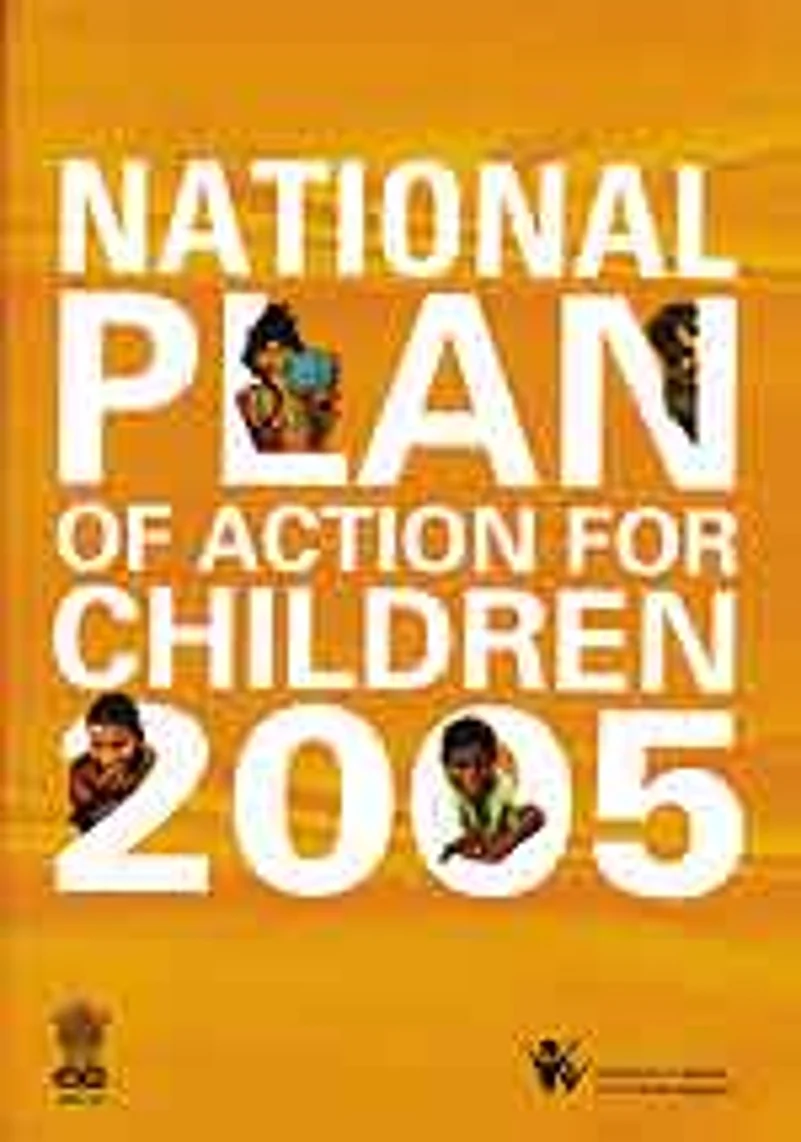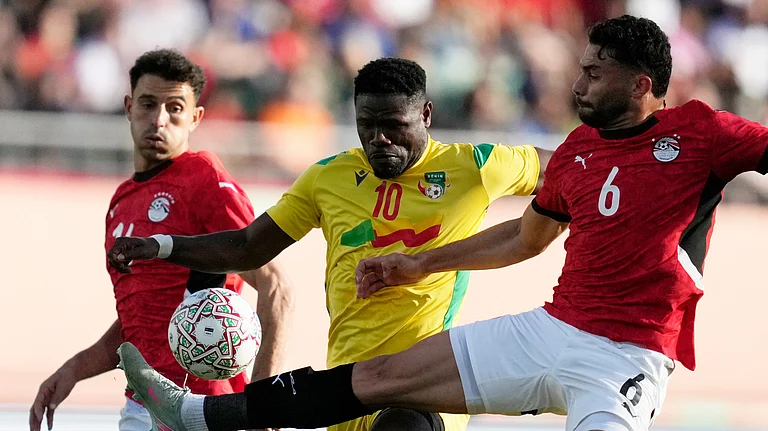India's future—its 430 million children—can finally look forward to being treated as individuals and granted their due rights. This will be ensured by the Commission for Protection of Child Rights Bill 2005, passed in Parliament in December last year. The commission is slated to become functional from March this year, post a formal presidential nod. It will examine and review the safeguards for the protection of child rights and look into matters relating to children in need of special care and protection. This will include those in distress, in conflict with law, juvenile delinquents, children without family and children of prisoners. It will recommend appropriate remedial measures, all of which have been spelt out for the first time in the bill. The commission also has the mandate to examine all factors that curtail the rights of children affected by terrorism, communal violence, riots, natural disaster, domestic violence, HIV/AIDS and human trafficking.
It has taken India far too long to formulate a comprehensive national plan of action for children and set up a separate national commission for children. And rumour has it that it has acted now fearing censure from the UN. Being a signatory to the Convention on the Rights of the Child on December 11, 1992, India was bound to come out with an action plan. But everyone working with children is agreed that the bill is a positive first step.
"Jab jaago tabhi savera (it's dawn whenever you wake up)," says joint secretary, women and child development, Loveleen Kacker, when asked about the delay in pushing through the bill and setting up a commission for children. "It's not UN pressure. We are a young nation and it is time for us to protect the young," she says.
Child rights activists have all along confronted the government with startling statistics on the status of Indian children. Nearly 17 million children have to work for a living, many of them in hazardous environments. Close to 30 per cent of the two million sex workers are under-age. Yet only 3 per cent of the gdp goes towards welfare schemes targeted at children. Less than half of India's 430 million children go to schools. Faced with the appalling statistics, the child development department under the Union ministry of human resources and development has finally done something.
The government thinks the bill has enough teeth. Not the child rights activists. On paper, the commission can take suo motu notice of matters relating to deprivation of child rights, non-implementation of laws, providing for protection and development of children with the aim of bringing succour to the deprived. More importantly, the commission shall, while inquiring into any matter referred to it, have all the powers of a civil court. It can summon and enforce the attendance of any person and examine him or her on oath; requisition any public record or copy from any court or office. It may even approach the Supreme Court or the high court for directions or writs.

All this, seen against the backdrop of the National Plan of Action for Children, 2005, on the basis of which the bill passed in Parliament was drafted, attempts to dispel the accusation that India doesn't care for its young. The national plan assumes importance since it aims at ensuring that children below 10 years won't be part of any workforce by 2010. It seeks to eliminate child labour from hazardous occupations by 2007, progressively moving towards complete eradication of all forms of child labour.
The plan identifies key areas for overall child development—reducing infant mortality rate, maternal mortality rate, reducing malnutrition, universalisation of early childhood care and development and quality education for all children. Also complete abolition of female foeticide and infanticide and the other scourge, child marriage; upholding the rights of children in difficult circumstances; securing for all children all legal and social protection from all kinds of abuse.

But will all this remain on paper? Child rights activist and lawyer Ashok Aggarwal, who has been moving PILs in courts to get child labour abolished, says the national commission is only a recommendatory body and does not have the powers to implement the plan. Says he: "While India is committed to the UN in setting up a commission, it should have had some real powers and not look like the National Commission for Women. The commission should have real powers to prosecute offenders. The prime minister should have headed the commission, then it would have sent signals that the government is serious about safeguarding the rights of its children." Agrees Orissa-based advocate and child rights activist Saurya Kumar Das, "There is no point in having a toothless commission. There are two boards currently in place, the Juvenile Justice Board and the Child Welfare Committee. Both are in a dismal state for want of suitable people. A third commission will only set up another parallel system."
The women and child development department has also drafted another legislation—the Sexual Offences Against Children Bill, currently being scrutinised by the home ministry. The bill could be a stand-alone legislation or be incorporated as amendments to the Indian Penal Code. Framed to provide a protective environment to children, the bill defines sexual offences against children, proposes a ban on corporal punishment, and bans trafficking in children. What is being debated is the age at which consensual sex can be declared legal.
Even as officials are looking at lowering the age of consent, there is considerable concern among child rights activists who flash alarming statistics on children forced into prostitution. India has about 3 lakh to 5 lakh child prostitutes and there is no separate legislation to deal specifically with child sexual abuse. Though there are legislations like the Child Marriage Restraint Act, the Child Labour (Prohibition and Regulation) Act, and the Juvenile Justice (Protection and Care of Children) Act, the rate of convictions is low and none of the acts take note of sexual offence. It is with this in mind that the proposed bill defines child abuse for the first time and puts the onus on the community to bring such cases to the notice of the relevant authority.
A separate exercise is also on to look at child budgeting. Broadly, it will take stock of state spending on children. "We are looking at individual states to see their direct spend on children," says Kacker. The intent seems earnest. Implementation could be quite another story.


























